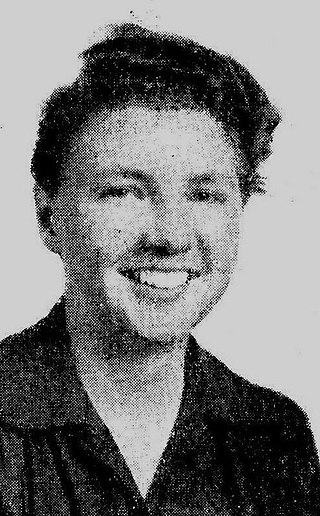
Leigh Douglass Brackett was an American science fiction writer known as "the Queen of Space Opera." She wrote the screenplays for The Big Sleep (1946), Rio Bravo (1959), and The Long Goodbye (1973). She worked on an early draft of The Empire Strikes Back (1980), elements of which remained in the film; she died before it went into production. In 1956, her book The Long Tomorrow made her the first woman ever shortlisted for the Hugo Award for Best Novel, and, along with C. L. Moore, one of the first two women ever nominated for a Hugo Award.
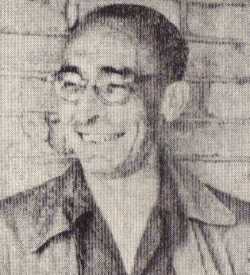
Edmond Moore Hamilton was an American writer of science fiction during the mid-twentieth century. He is known for writing most of the Captain Future stories.
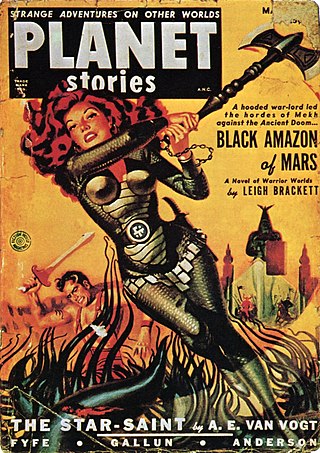
Planet Stories was an American pulp science fiction magazine, published by Fiction House between 1939 and 1955. It featured interplanetary adventures, both in space and on some other planets, and was initially focused on a young readership. Malcolm Reiss was editor or editor-in-chief for all of its 71 issues. Planet Stories was launched at the same time as Planet Comics, the success of which probably helped to fund the early issues of Planet Stories. Planet Stories did not pay well enough to regularly attract the leading science fiction writers of the day, but occasionally obtained work from well-known authors, including Isaac Asimov and Clifford D. Simak. In 1952 Planet Stories published Philip K. Dick's first sale, and printed four more of his stories over the next three years.
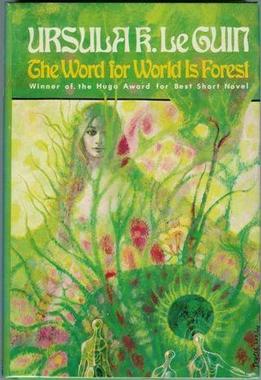
The Word for World Is Forest is a science fiction novella by American writer Ursula K. Le Guin, first published in the United States in 1972 as a part of the anthology Again, Dangerous Visions, and published as a separate book in 1976 by Berkley Books. It is part of Le Guin's Hainish Cycle.

The planet Venus has been used as a setting in fiction since before the 19th century. Its opaque cloud cover gave science fiction writers free rein to speculate on conditions at its surface—a "cosmic Rorschach test", in the words of science fiction author Stephen L. Gillett. The planet was often depicted as warmer than Earth but still habitable by humans. Depictions of Venus as a lush, verdant paradise, an oceanic planet, or fetid swampland, often inhabited by dinosaur-like beasts or other monsters, became common in early pulp science fiction, particularly between the 1930s and 1950s. Some other stories portrayed it as a desert, or invented more exotic settings. The absence of a common vision resulted in Venus not developing a coherent fictional mythology, in contrast to the image of Mars in fiction.

Eric John Stark is a character created by the science fiction author Leigh Brackett. Stark is the hero of a series of pulp adventures set in a time when the Solar System has been colonized. His origin-story shares some characteristics with feral characters such as Mowgli and Tarzan; his adventures take place in the shared space opera planets of 1940s and 1950s science fiction.
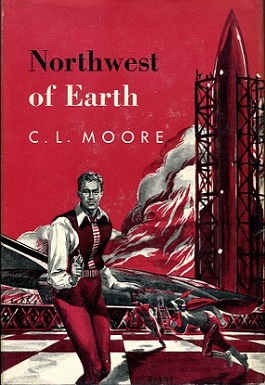
Northwest Smith is a fictional character, and the hero of a series of stories by science fiction writer C. L. Moore.
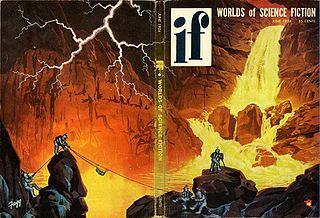
Fictional depictions of Mercury, the innermost planet of the Solar System, have gone through three distinct phases. Before much was known about the planet, it received scant attention. Later, when it was incorrectly believed that it was tidally locked with the Sun creating a permanent dayside and nightside, stories mainly focused on the conditions of the two sides and the narrow region of permanent twilight between. Since that misconception was dispelled in the 1960s, the planet has again received less attention from fiction writers, and stories have largely concentrated on the harsh environmental conditions that come from the planet's proximity to the Sun.

"The Marching Morons" is a science fiction story by American writer Cyril M. Kornbluth, originally published in Galaxy in April 1951. It was included in The Science Fiction Hall of Fame, Volume Two after being voted one of the best novellas up to 1965.

The Secret of Sinharat is a science fantasy novel by American writer Leigh Brackett, set on the planet Mars, whose protagonist is Eric John Stark. The novel is expanded from the novella "Queen of the Martian Catacombs", published in the pulp magazine Planet Stories in the Summer 1949 issue.

People of the Talisman is a science fantasy novel by American writer Leigh Brackett, set on the planet Mars, whose protagonist is Eric John Stark.

Controller is a supervillain appearing in American comic books published by Marvel Comics. The character is usually depicted as an enemy of Iron Man.

The Space Opera Renaissance is an anthology of short science fiction that fits the definition of space opera: adventure stories of grand vision, where the majority of the action happens somewhere other than Earth. Meant to be an overview from the pulp fiction era to modern times, it is chronologically-organized and very thick but lacks representation by noted pioneers of the genre such as E. E. "Doc" Smith, Jack Vance and Alfred Bester, focusing more on the next wave. It was edited by David G. Hartwell and Kathryn Cramer. A hardcover edition was published by Tor Books in July 2006 and a trade paperback edition in July 2007.

In the Courts of the Crimson Kings is a 2008 alternate history science fiction novel by American writer S. M. Stirling.
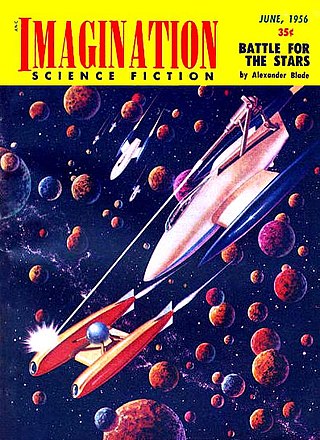
Space opera is a subgenre of science fiction that emphasizes space warfare, with use of melodramatic, risk-taking space adventures, relationships, and chivalric romance. Set mainly or entirely in outer space, it features technological and social advancements in faster-than-light travel, futuristic weapons, and sophisticated technology, on a backdrop of galactic empires and interstellar wars with fictional aliens, often in fictional galaxies. The term does not refer to opera music, but instead originally referred to the melodrama, scope, and formulaic stories of operas, much as used in "horse opera", a 1930s phrase for a clichéd and formulaic Western film, and "soap opera", a melodramatic domestic drama. Space operas emerged in the 1930s and continue to be produced in literature, film, comics, television, video games and board games.

The Sword of Rhiannon is a science fantasy novel by American writer Leigh Brackett, set in her usual venue of Mars. A 1942 Brackett story, "The Sorcerer of Rhiannon", also uses the name; however, it is the name of a place rather than a character.

Shadow Over Mars is the debut science fiction novel by American writer Leigh Brackett, published in 1944.

The Vampire's Ghost is a 1945 American horror film directed by Lesley Selander, written by Leigh Brackett and John K. Butler, and starring John Abbott, Charles Gordon, Peggy Stewart, Grant Withers, Emmett Vogan and Adele Mara. The film was released on May 21, 1945, by Republic Pictures.

The Colors of Space is a 1963 science fiction novel by Marion Zimmer Bradley.

The Best of Leigh Brackett is a collection of science fiction short stories by American author Leigh Brackett, edited by Edmond Hamilton. It was first published in hardcover by Nelson Doubleday in July 1977 and in paperback by Ballantine Books in September of the same year as a volume in its Classic Library of Science Fiction. A second hardcover edition was issued by Garland Publishing in March 1983, and Del Rey/Ballantine reprinted the paperback edition in June 1986. The book has been translated into German.




















